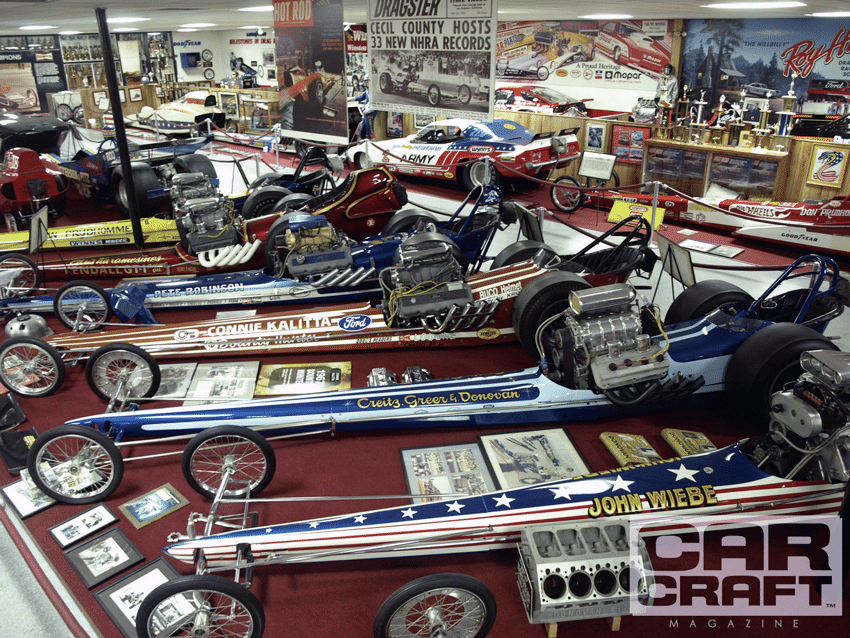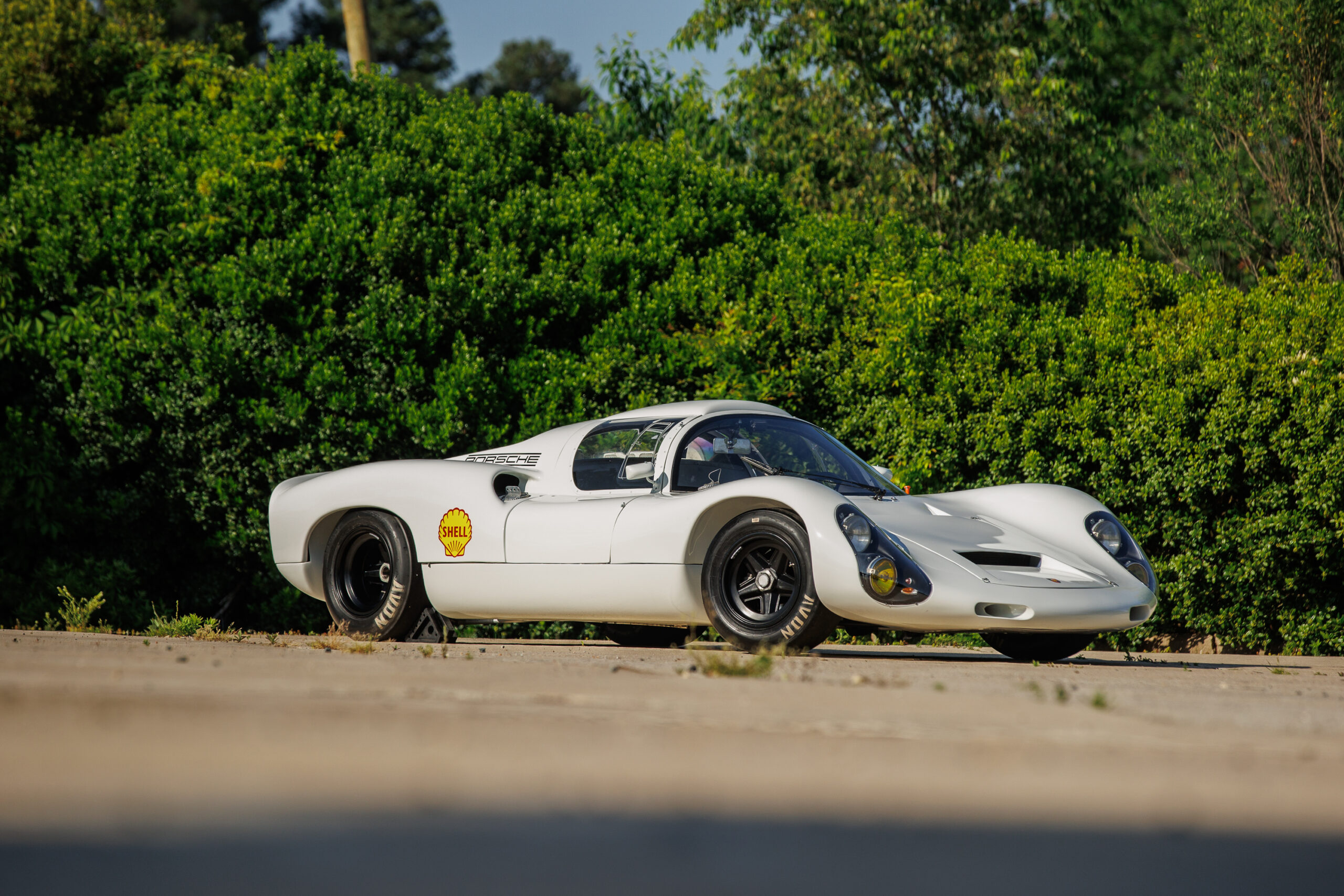How does a car collection happen? Can you actually control your collection or do your cars simply have a force of their own?
Don Garlits
One of the best racecar collections in the world got started because the family saved everything. Don Garlits said that his father was a pack rat and he simply followed in that tradition. He just never threw anything out. When Garlits built a new dragster he just moved the old one to a shed, or in some cases pushed it to the back of the shop.
In 1976 Don and his wife were doing a drag racing exhibition in England. During an off weekend his hosts took him around to various racecar museums in England. At some point Don turned to his wife and said “We could do this with all the old cars we have out back.”
They did just that. The Don Garlits Museum began as a collection of cars that Don had built himself. Once his racing friends heard about this new museum in Seffner, FL, they offered to send (or in some cases sell) him their old dragsters. Today the Don Garlits collection is located in Ocala, FL, and it is approaching three hundred cars.
Don Garlits Museum of Drag Racing – 352.245.8661 – https://www.garlits.com
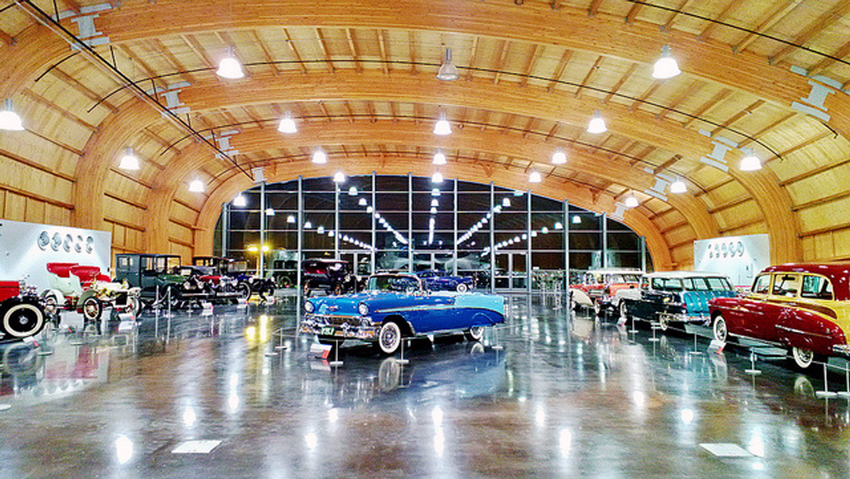
Harold LeMay
One of the largest cars collections, as well as one of the most encompassing themes, in the world happened because Harold LeMay just liked cars. He started his collection with a 1934 Packard sedan in 1952. LeMay collected the cars he found in alleys and back street garages. It helped that he owned a trash collection business that regularly went into back alleys. His guiding theme was the everyday cars of America.
When Harold died in 2000 he had more than 3,000 cars in his collection. His son, Doug, says “I don’t know that he ever planned to get as many as he had. It just happened. He saw another one and another one.” He bought cars that people actually drove on an everyday basis. That’s why it’s called LeMay – America’s Car Museum.
LeMay – America’s Car Museum – 253.779.8490 – https://www.americascarmuseum.org
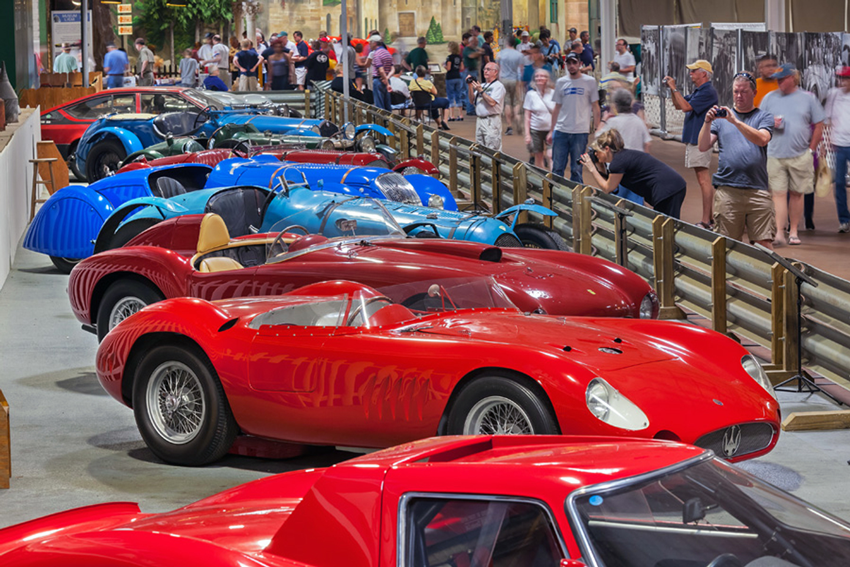
Dr. Frederick Simeone
The Simeone Foundation Automotive Collection is one of the most focused collections in the world. When Dr. Simeone’s father died in 1972, Fred inherited $8,000 and four cars. Today his foundation has sixty-five cars. Dr. Simeone has always followed four basic rules when he’s adding a car to his collection:
- It must be a sports car with headlights and fenders
- It has to have a history of road racing
- The cars have to be considered significant
- Important components, such as the chassis, engine and body, must be original to the car
Simeone Foundation Automotive Museum – 215.365.7233 – https://www.simeonemuseum.org
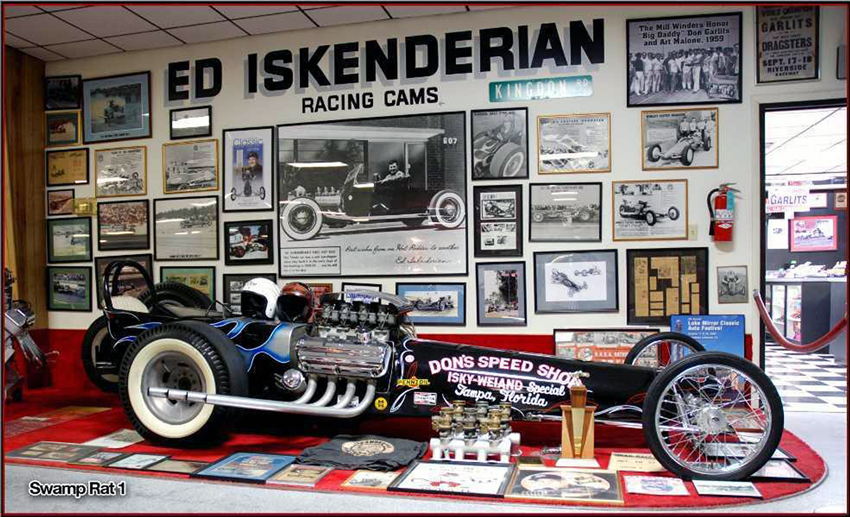
Focus:
You may already be on your way to building a collection. If you have more than three cars, you have a collection. Once you get beyond your third car you need to stop and think about what you’re doing.
Buying cars randomly probably is not a good idea for several reasons. First, only you can be knowledgeable about one or two marques. It’s very difficult to know enough about a huge variety of cars.
Then there’s the question about what you intend to do with these cars. Do you intend to race them or show them? Before you write the big check, ask yourself if this new acquisition fits in with your current collection.
We can learn something from Dr. Simeone, Harold LeMay, and Don Garlits. They all created a collection of cars with some sort of theme. Sure some are a little broad but they all have a guiding principle. How about your collection?
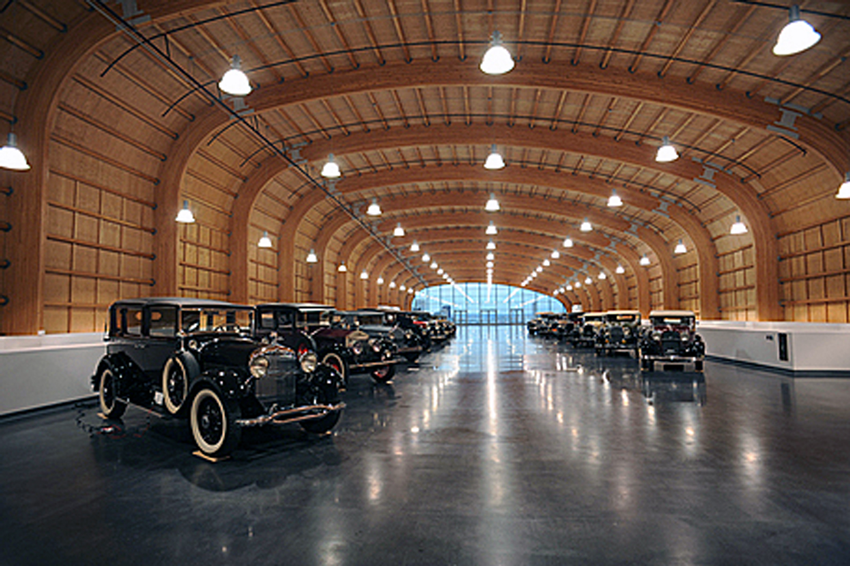
Take a Long View:
Most of us take a long view when investing. The same thing is true of collectible cars. There are flavors of the month in the collectible car arena. Remember when muscle cars were hot? Always ask yourself: “What is the compelling reason why I need to add this car to my collection?
While you’re telling yourself this particularly unique car is an investment, keep in mind that some expenses come along with it. You’re going to have to store it and you’re going to have to insure it. In addition this car is going to need regular maintenance.
Will you still want this car twenty years from now? Will it make sense in two decades? Does it make sense to have it alongside your other cars?
What is the guiding principle for your collection?
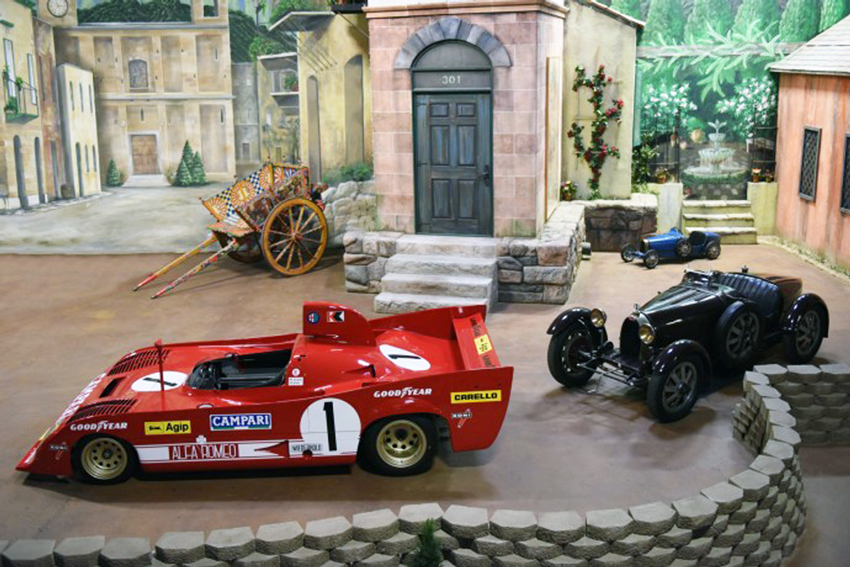
Talk to Your CPA:
If you collect cars, art, or furniture there are tax consequences. A lot of the major collections in the United States are non-profit 501(c)3 foundations. Setting up a foundation is no easy task but it could make a great deal of financial sense. Your CPA and a couple of tax lawyers can be of tremendous benefit here.
Taking the long view means you also have to be concerned with what happens to your collection when you can no longer care for it. There are considerable tax consequences for any transition and the earlier you recognize this the easier it will be for your family. Taking the long view is not only important for building your collection. It’s equally important for the dissolution, or transfer of your collection.
It’s a lot easier to do all of these things when your collection consists of a few cars. Once you get past twenty or thirty cars the whole structure becomes rather complex. Actually this is all just one more aspect of taking the long view.
Don’t ever kid yourself that you have your addiction under control. You don’t.

